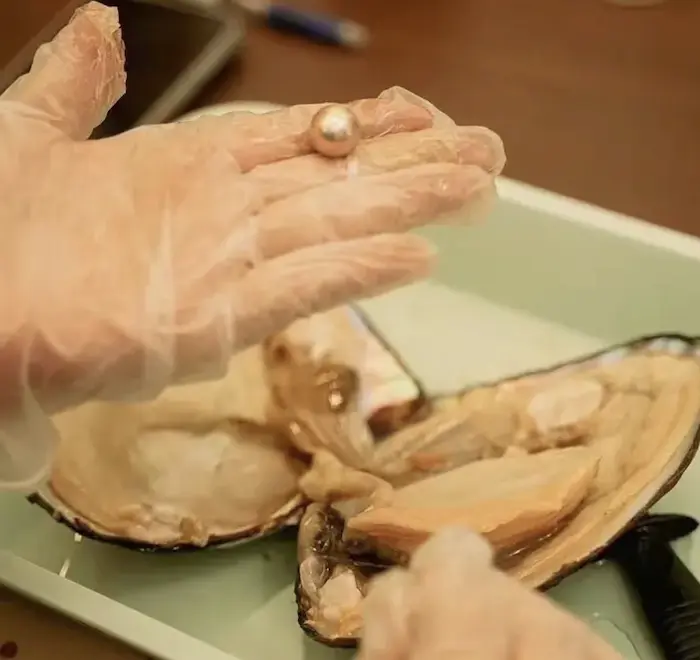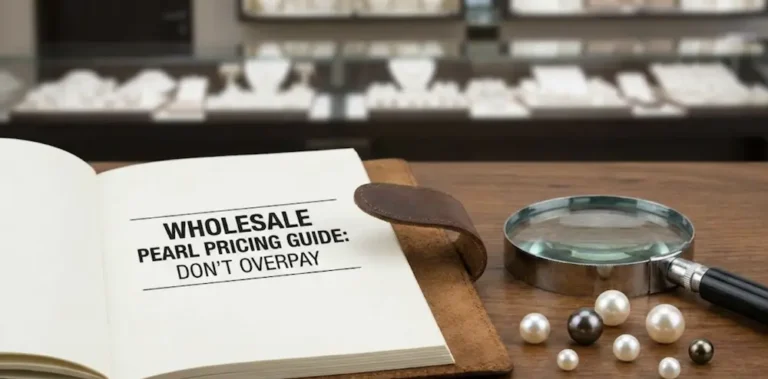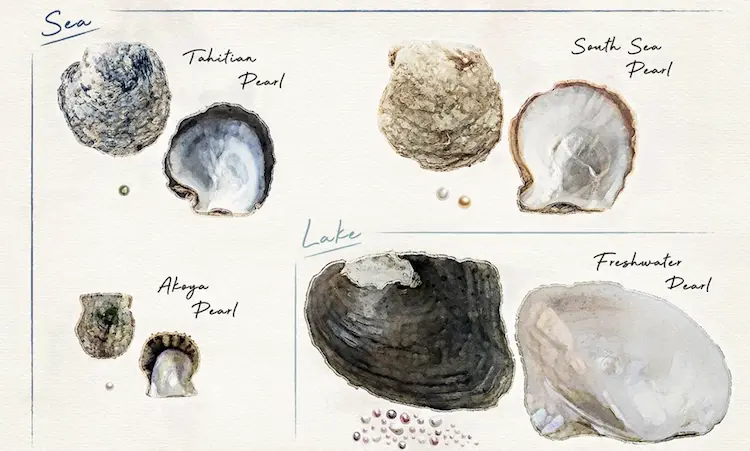The pearl journey is amazing, from freshwater pearl farming in lakes and rivers to their transformation into beautiful jewelry. Making a freshwater pearl took a lot of time and skill. It takes years of hard work to grow them. If you know how this works, you can see why these natural gems are so popular in the fashion world.
The Foundation of Freshwater Pearl Farming Success
Farming freshwater cultured pearls is a really complex area of aquaculture. You need to know a lot about mussels and how to take care of the water they live in. Unlike saltwater pearls, which grow in oysters, freshwater pearls grow in mussels. These mussels live in rivers, lakes, and ponds in many different parts of the world.
The pearl journey starts with picking healthy mussels. A common type used in Asia is called Hyriopsis cumingii, and in North America, they use local types. These amazing creatures can grow several pearls at the same time, which is why growing freshwater pearls is so attractive to pearl manufacturers around the world.
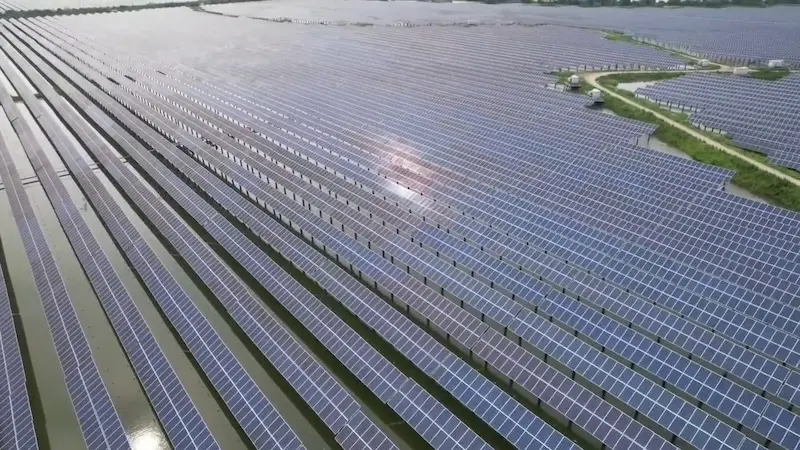
Modern pearl farms are kind of like underwater gardens. They keep thousands of mussels in carefully controlled places. Every day, the pH levels, temperature, and nutrients in the water are checked to make sure that they are good for the mussels to grow.
Critical Environmental Factors
| Factor | Optimal Range | Impact on Pearl Quality |
|---|---|---|
| Water Temperature | 20-28°C | Affects growth rate and nacre thickness |
| pH Level | 7.0-8.5 | Influences shell formation |
| Dissolved Oxygen | 5-8 mg/L | Essential for mussel health |
| Water Depth | 2-6 meters | Protects from temperature fluctuations |
Getting all of these details right is what determines whether the pearl journey ends with top-notch pearls or ones that aren’t as good.
The Art of Nucleation: Where Magic Begins
Every really good pearl starts its pearl journey with something called “nucleation.” It’s basically a delicate procedure done on live mussels. Technicians who are good at their jobs make a small cut in the mussel and put in a tiny irritant. This makes the mussel start its natural defense, which eventually creates a pearl.
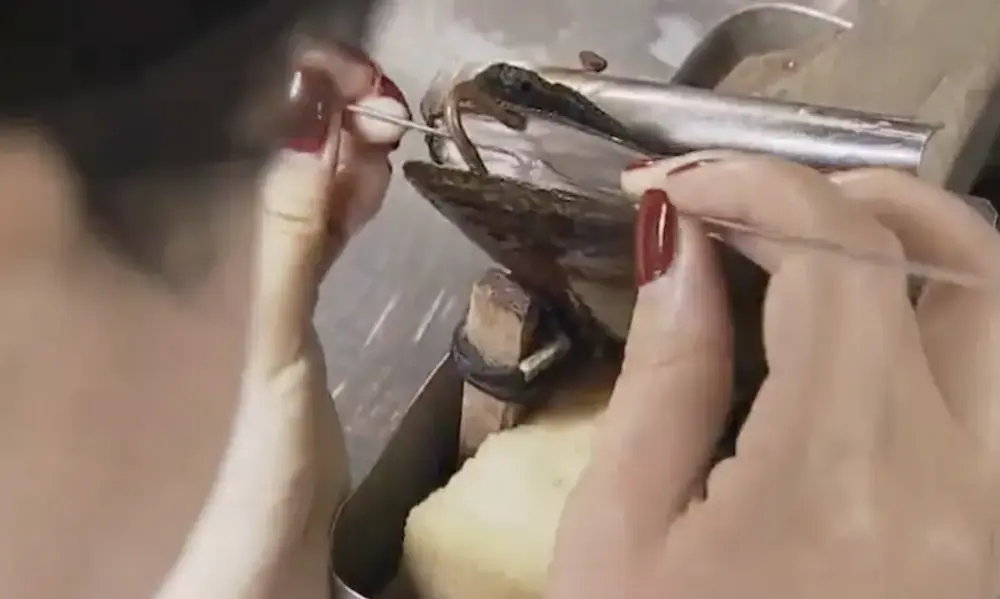
In freshwater pearl farming, instead of inserting a regular bead, they usually use tissue grafts. This means a single mussel can grow several pearls at once. This technique was first used in China and it really changed the industry because it made it possible to produce way more pearls.
How well the mussel heals right after the nucleation process is crucial for how successful the whole thing will be. The mussels need to be closely watched in separate areas for 2-4 weeks before they go back to the main farm. During this time, a lot of them can die – like 20-30%! Because of this, it’s really important to have expert care to make sure the pearl farm is profitable.
Modern Nucleation Techniques
To make the whole pearl journey less stressful for the mussels, modern pearl farms now use certain, well-tested methods:
- They keep surgical areas very clean to stop infections.
- They have special tanks with controlled temperatures to keep the animals from getting too shocked.
- They use antibiotics to protect the delicate tissue.
- They have made careful plans for when to feed the mussels to help them heal.
All these improvements have really changed freshwater pearl farming. It’s not just about luck and skill anymore; it’s now a science-based field that can make high-quality pearls all the time.
The Patient Cultivation Period
Probably the toughest part of a pearl’s journey is the 2-7 year cultivation period. That’s how long it takes the mussels to slowly build up layers of nacre around the irritant that was inserted. You just can’t rush this natural process, so pearl farmers need a lot of patience since they have to wait years before they see any profit.
Okay, so the toughest part of the pearl journey is definitely the 2–7 year wait. That’s how long it takes for the mussel to slowly coat the little bead inside with layers of nacre (that’s what makes the pearl!). You just can’t speed up nature, so pearl farmers really need to be patient. They’re putting in years of work before they see any money back.
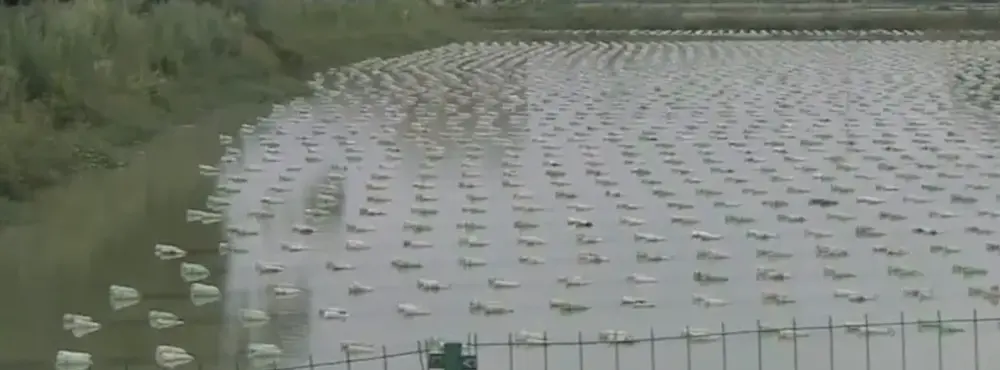
Mussels live in cages or nets that hang in the water while they grow their pearls. This setup protects the mussels from things that could eat them and lets fresh water flow through. To keep algae and parasites from growing, farmers clean these cages a lot. These can hurt the mussels or make the pearls grow more slowly.
Freshwater pearl farming sometimes involves opening up some mussels and looking inside to see how the pearls are growing. This helps farmers know when the best time to pick the pearls is and what kind of quality they can expect.
How quickly the nacre (that pearly coating) forms depends a lot on the time of year. It happens faster when it’s warmer. Experienced pearl farmers know this, so they use that knowledge to guess when the pearls will be ready and to plan when to sell them.
The Gemological Institute of America says that the thicker the layers of nacre on a pearl, the shinier and more durable it will be. That’s why how long a pearl is cultivated for is a really important factor in its quality.
Harvesting: The Moment of Truth
After waiting for years, harvest season is finally here – the exciting end of the pearl journey! This usually happens during the cooler months because the mussels are less stressed out when they’re being handled then.
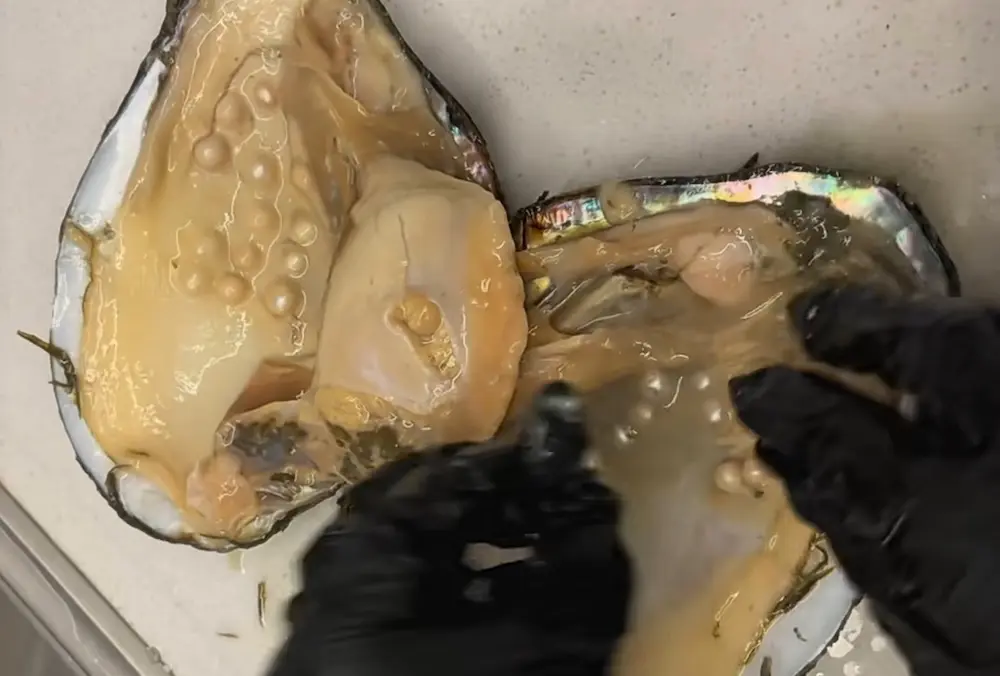
In Freshwater pearl farming, getting the pearls requires skilled workers who can quickly and carefully open thousands of mussels. They need to be good at it because they must keep both the pearls and the valuable shell safe. Speed and precision are crucial since being exposed to air for too long can hurt the pearls that are still developing.
Each mussel gives up about 20-50 pearls on average, but the quality can be all over the place. Only about 10-20% of all the pearls harvested are good enough to be sold to wholesale pearl markets.
Processing and Enhancement: Refining Nature’s Art
From harvest to sale, the pearl journey includes some pretty fancy processing that makes them look even better while keeping them natural. Expert sorters at professional pearl houses group the pearls by things like size, color, shape, and overall quality.
Freshwater pearl farms usually team up with special processing places that have the fancy machines and skilled people needed to sort the pearls. This helps them get the most money possible from their harvests.
When it comes to making pearls look better, some techniques like bleaching, dyeing, or using radiation are a bit of a hot topic in the pearl world. While they can definitely make the pearls look nicer, it’s really important to tell buyers about these treatments. Plus, these methods can sometimes affect how long the pearls last.
When pearls are sorted, they are put into groups based on what they are best for:
- Single pearls that are perfect for one-of-a-kind jewelry pieces.
- Sets that are matched to make pearl necklaces.
- More common pearls that are great for everyday jewelry.
- And baroque pearls that are shaped in a unique way.
Manufacturing and Design: From Concept to Creation
The last step of the pearl journey is when they’re made into beautiful jewelry that catches people’s eyes. This is where old-school craftsmanship meets modern design ideas to create something special.
Freshwater pearl farming has made owning pearls more accessible to everyone because they’re a cheaper option compared to saltwater pearls. Because of this, we’re seeing lots of cool, new jewelry designs that are popular with younger people and perfect for everyday wear.
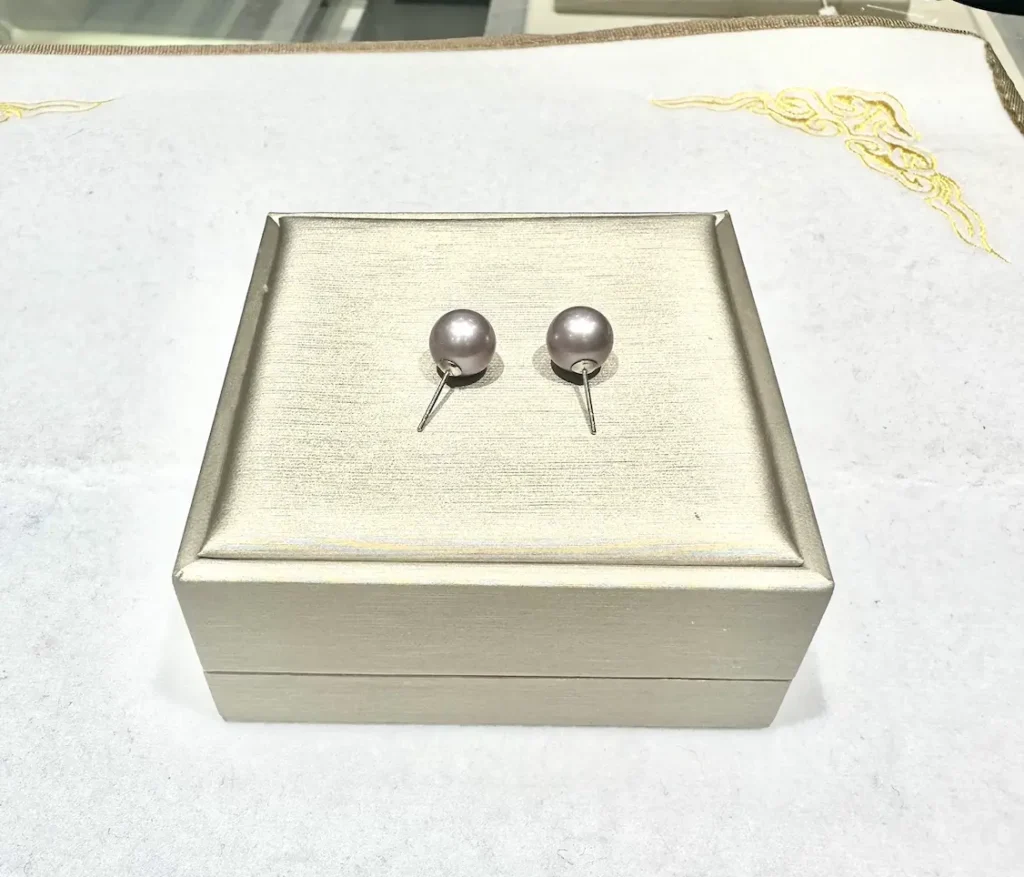
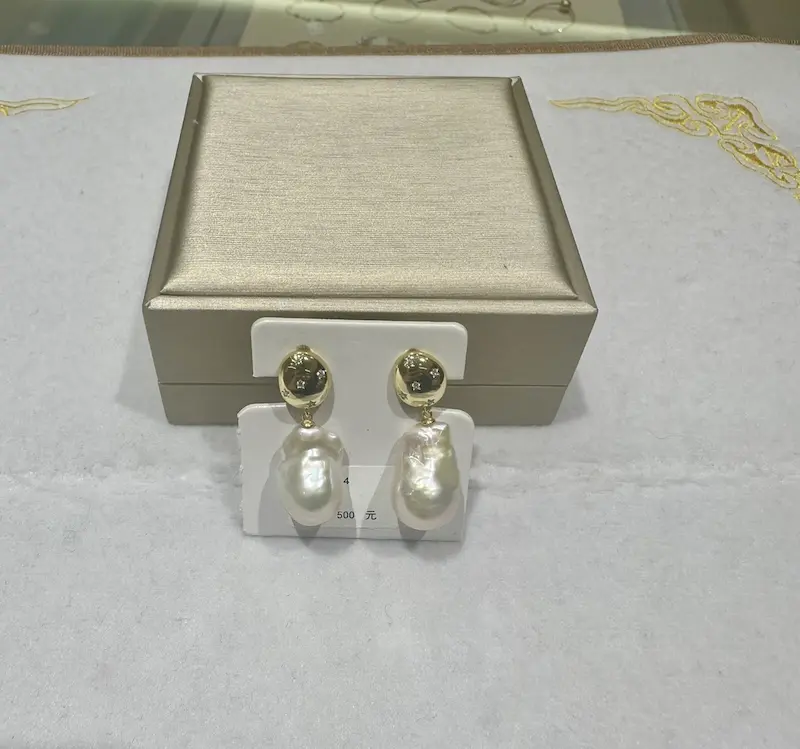
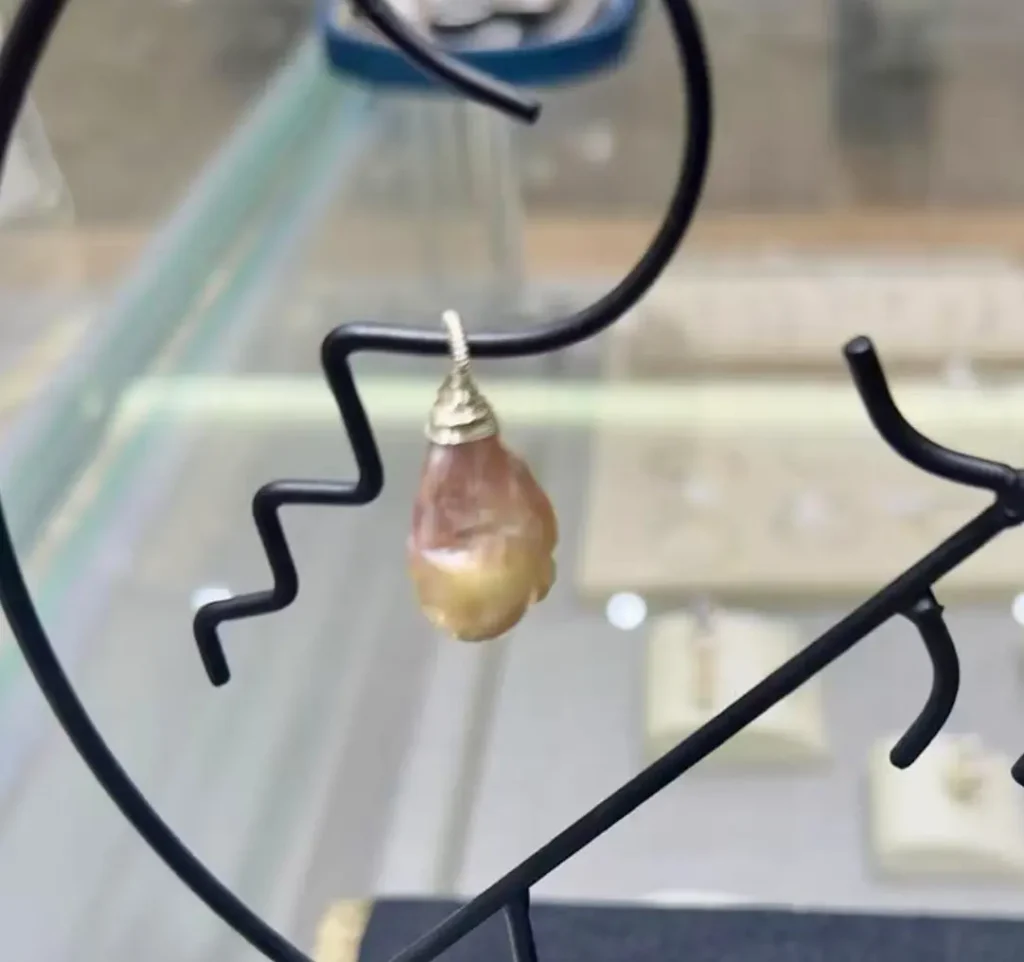
Designers these days are getting creative with pearls and making really unique and artistic pieces by mixing different sizes, colors, and shapes. This new way of doing things has given pearl fashion a new lease on life and opened up new doors in the market.
Popular Design Trends
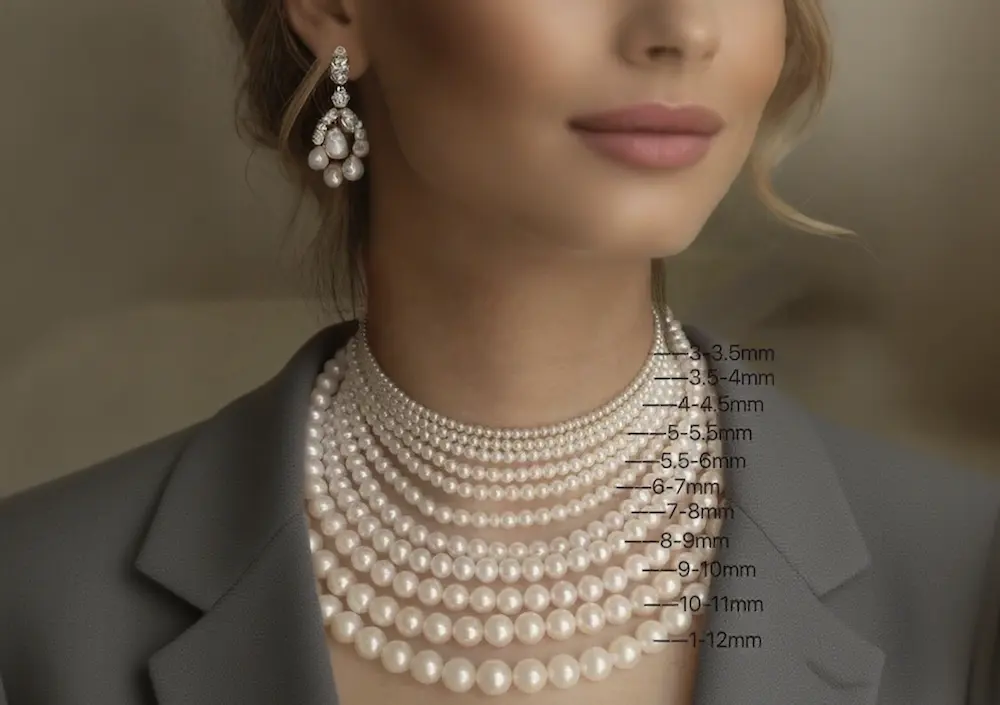
| Style Category | Description | Target Market |
|---|---|---|
| Minimalist | Simple, elegant designs with clean lines | Professional women, millennials |
| Vintage-Inspired | Classical settings with antique influences | Traditional jewelry enthusiasts |
| Bohemian | Layered, eclectic combinations | Fashion-forward consumers |
| Statement Pieces | Bold, dramatic designs | Special occasion wear |
There are so many ways to design jewelry that any pearl could continue its pearl journey and become a piece that shows off its unique beauty perfectly.
Sustainability and Future Directions
The pearl industry is being affected by the fact that more and more people care about the environment. Customers want to know that pearls are made in a way that is good for the environment and people, and Freshwater pearl farming is paying attention by starting to use methods that are better for the environment.
Many modern pearl farms now use things like solar power, recycling water, and even fish farming alongside pearl farming or using the pearl farms to help clean water. In general, they want to be more environmentally friendly.
The pearl business is also spending money on research to make the pearl journey better. They’re looking at how to breed superior pearls, make them resistant to diseases, and farm them more efficiently. The goal is to improve the whole process while using fewer resources and being kinder to the environment.
Climate change is creating new problems for freshwater pearl farming. Things like changing water temperatures and unpredictable weather are a real concern. The farms that are doing well are putting money into ways to deal with these problems, such as making their infrastructure stronger and growing a wider range of crops. They’re getting ready for what’s to come.
Emerging Technologies
These days, many farms use high-tech systems to constantly check the water quality, which helps them keep the environment just right and spot problems early. They also use automated feeding systems, which saves on labor costs and is better for the environment because it reduces waste.
There’s a lot of research going into the genetics of the mussels themselves, aiming to improve every stage of the pearl journey. Scientists are trying to breed mussels that make better pearls, are less likely to get sick, and can live in a wider range of environments. This kind of scientific work is important for the pearl industry’s future and making sure it lasts for a long time.
The World Wildlife Fund says that doing aquaculture the right way, like with responsible pearl farming, can help the environment and the economies of rural communities at the same time.
Market Trends and Consumer Education
The modern pearl industry is about more than just growing pearls. It also includes teaching consumers and building the market. Groups like freshwater pearl farming associations work hard to educate people about pearl quality, how to care for them, and their true value.
These days, online marketing is super important for connecting pearl farms directly with buyers all over the world. This gets rid of the extra costs that come from middlemen and lets farms be honest about how they make their pearls.
Social media is a way to show people how pearls are made, because it has pictures and videos of the farms, the harvest, and how the pearls are turned into jewelry. When the pearl process is transparent like this, people can trust it and see the quality for themselves.
There are also classes that teach people how to tell a good pearl from a bad one, what makes them valuable, and how hard it is to farm freshwater pearls. The more people know about pearls, the easier it is for them to choose the right ones to buy, and the more they’ll appreciate the pearl jewelry they already have.
Pearls are in a good place compared to fake jewelry and jewelry that is made in large quantities. This is because more and more people want luxury items that are made by hand and are good for the environment. Pearl farmers are more likely to invest in better farming methods because they can sell really high-quality pearls for more money.
Conclusion: Celebrating the Complete Pearl Journey
The amazing pearl journey, from starting on a freshwater farm to becoming a fashion statement, truly highlights how humans can collaborate with nature to produce something beautiful. Every lustrous pearl embodies years of careful cultivation, skilled craftsmanship, and creative ideas – transforming something as ordinary as a mollusk into a cherished gem.
Freshwater pearl farming keeps getting better thanks to new technology, a focus on protecting the environment, and creative designs. This ensures that these natural gems will continue to be loved by future generations. The industry’s dedication to sustainability and top-notch quality means a bright future for pearl lovers everywhere.
Knowing the whole pearl journey behind a gem really makes you appreciate these treasures more, and the dedicated people who cultivate them from underwater farms to our jewelry collections. Each pearl has a story to tell, and wearing one connects you to a rich history of natural beauty and human artistry.
From adorning a simple necklace to embellishing a glamorous, custom design, freshwater pearls carry a little something of their incredible journey from the farm to the fashion world. They represent patience, artistry, and the timeless elegance of nature’s most beautiful creation.


